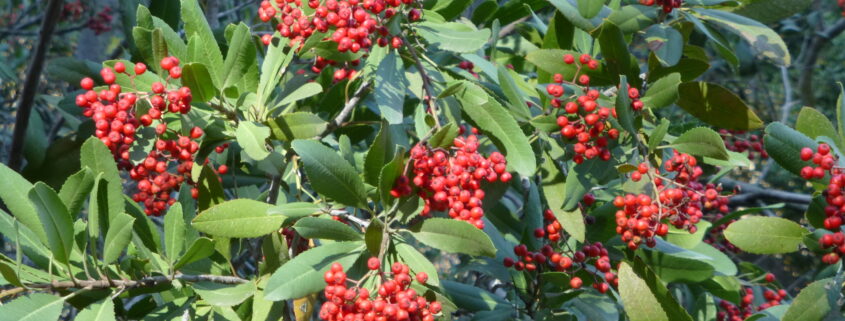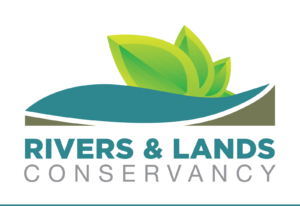
The Inland Empire is watching as the Line Fire, Bridge Fire, and Airport Fire wind down to a smolder. As the containment percentages rise and the smoke finally settles, we must continue to stay vigilant. Incorporating defensible space principles isn’t just a precaution—it’s a vital shield for our homes. Here, the threat of fire is a persistent reality, making defensible space an essential strategy to safeguard our neighborhoods from catastrophic blazes.
In fire-prone areas exacerbated by dry vegetation and strong winds, maintaining a buffer zone of cleared or low-fuel vegetation around structures is essential. Defensible space principles address this by dividing your home surroundings into three zones (0-2), involving various levels vegetation management and strategic placement of fire-resistant plants. Maintaining each zone minimizes the chances of ignition and staving off the flames’ advance. It starts with clearing away debris—think dead leaves, wayward branches, and other combustible materials from roofs, gutters, and yards.
Zone 0 extends a mere 5 feet from your home, aiming to establish a non-combustible barrier to prevent flames from reaching your walls, eaves, and roof. Here, no flammable materials should be present. No planting is recommended in Zone 0 and all ground surface should be bare soil or hardscaping like gravel, stone, or concrete.
Zone 1 stretches from 5 to 30 feet from the home. This zone focuses on reducing plant density to slow the spread of fire. Space your trees at least 10 feet apart and prune lower branches to keep flames from climbing the canopy. Choosing fire-resistant native groundcovers like ‘Bee’s Bliss’ sage (Salvia ‘Bee’s Bliss) ( and California Fuchsia (Epilobium canum) are great options, as well as succulents like the Chalk dudleya (Duleya pulverulenta), that will retain moisture and burn more slowly.
Zone 2, reaching from 30 to 100 feet, is about creating strategic fuel breaks between any vegetated areas. Fuel breaks are areas where vegetation is strategically removed or thinned to create barriers that help stop or slow the wildfire’s advance. Consider planting hardy species like Laurel Sumac (Rhus laurina), which burns slowly, and Toyon (Heteromeles arbutifolia) or Coastal Live Oak (Quercus agrifolia), both drought-tolerant species that can suppress flames.
Communities united in the mission of creating defensible space have seen remarkable results. Eric Sherwin, Public Information Officer for San Bernardino County Fire, recently lauded the community of Wrightwood, California for their collective fire-resilience efforts, including effective defensible space strategies and prompt evacuations that allowed fire crews to focus on the flames of the Bridge Fire.
Defensible space is a critical component of wildfire mitigation efforts in Southern California. By implementing proactive measures to reduce fuel loads, mitigate ignition risks, and enhance the resilience of homes and communities, we can better protect ourselves and our homes against the threat of wildfires. Learn more about incorporating defensible space principles in your home at defensiblespace.org. For further reading, we recommend the book “Firescaping Your Home: A Manual for Readiness in Wildfire Country” by Adrienne Edwards and Rachel Schleiger.
At Rivers & Lands Conservancy we strive to defend our open spaces from wildfire by removing highly flammable invasive species like mustard and stinknet. While wildfire is a natural part of the ecosystems we manage, it is clear that southern California is becoming increasingly more fire prone. We are actively learning from experts in the field of wildfire resiliency and look forward to implementing more solutions to protect our natural lands from wildfire. If you’re eager to join our efforts, keep an eye on our events page and volunteer for our community-based removal events.
While wildfires in Southern California ignite unpredictably, one thing is certain: with the right plants by your side, you can turn your garden into a fortress against flames by designing a landscape that not only brings peace to the home, but also peace of mind knowing you’ve added a layer of protection to your home.
Amy Tims is a land steward with Rivers & Lands Conservancy and has a B.S. in wildlife, fish & conservation biology from UC Davis.
Rivers & Lands Conservancy connects our community to natural, wild, and open spaces of Southern California through land conservation, stewardship, and education.


